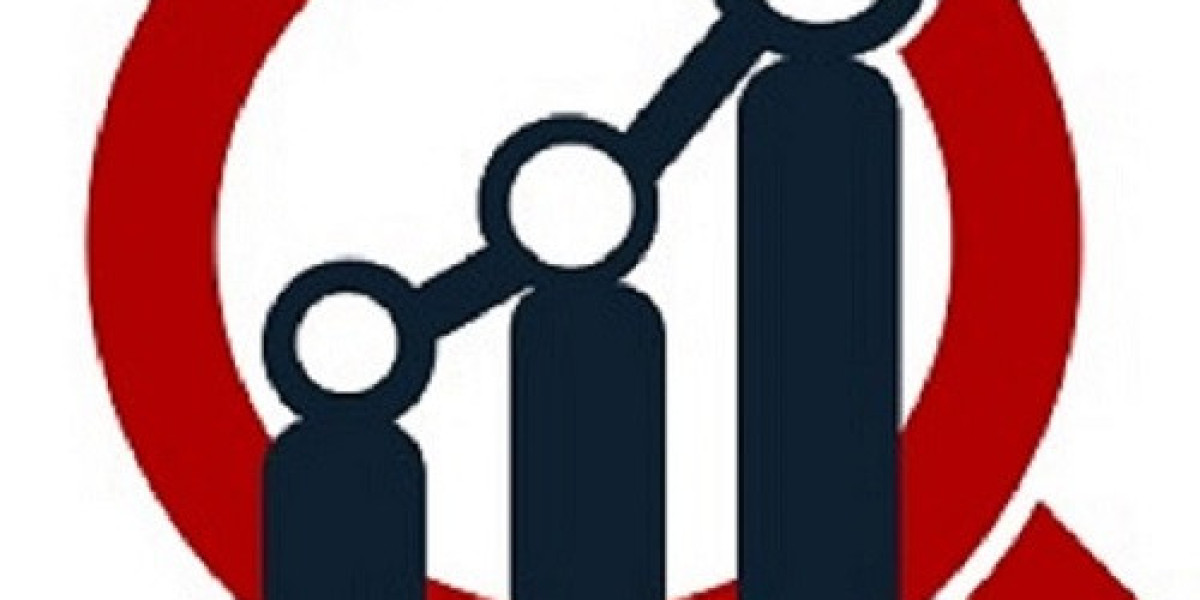IMARC Group's report titled "Anticoagulants Market Report by Drug Class (Novel Oral Anticoagulants (NOACs), Heparin and Low Molecular Weight Heparin (LMWH), Vitamin K Antagonist, and Others), Route of Administration (Oral Anticoagulant, Injectable Anticoagulant), Distribution Channel (Hospital Pharmacies, Retail Pharmacies, Online Stores, and Others), Application (Atrial Fibrillation and Heart Attack, Stroke, Deep Vein Thrombosis (DVT), Pulmonary Embolism (PE), and Others), and Region 2024-2032". The global anticoagulants market size reached USD 41.2 Billion in 2023. Looking forward, IMARC Group expects the market to reach USD 90.9 Billion by 2032, exhibiting a growth rate (CAGR) of 8.9% during 2024-2032.
Factors Affecting the Growth of the Anticoagulants Industry:
- Rising Prevalence of Cardiovascular Diseases:
The anticoagulants market is largely influenced by the growing incidence of cardiovascular diseases worldwide. According to the World Health Organization, cardiovascular diseases (CVDs) represent the leading cause of mortality on a global scale. Common conditions such as atrial fibrillation, heart valve surgery, and venous thromboembolism require anticoagulants to prevent blood clot formation. As the global population continues to age, the prevalence of these conditions is expected to rise, thereby driving the demand for effective anticoagulation therapies. Additionally, lifestyle factors, including unhealthy dietary practices, insufficient physical activity, and high rates of tobacco and alcohol use, are contributing to the increasing occurrence of cardiovascular diseases. These lifestyle changes, particularly in developing nations experiencing urbanization and rising income levels, further heighten the necessity for healthcare solutions, including anticoagulants. In response, governments and healthcare organizations are enhancing their efforts to address and alleviate these health challenges, which subsequently fosters the expansion of the anticoagulants market.
- Significant Advancements in Drug Development:
A significant factor propelling the anticoagulants market is the continuous progress in drug development. Pharmaceutical firms are making substantial investments in research and development (R&D) to formulate more effective and safer anticoagulant medications. The emergence of novel oral anticoagulants (NOACs) such as apixaban, dabigatran, and rivaroxaban has notably altered the market dynamics. These medications present numerous benefits compared to traditional vitamin K antagonists, including fewer dietary limitations, diminished necessity for routine monitoring, and a lower incidence of severe bleeding. The advancement of these drugs is bolstered by innovations in biotechnology and a deeper comprehension of the genetic elements that affect coagulation and cardiovascular conditions. As pharmaceutical developers continue to investigate new therapeutic targets and enhance drug formulations, the efficacy and safety profiles of anticoagulants are anticipated to improve, consequently increasing their utilization.
- Expansion of Healthcare Infrastructure:
The global expansion of healthcare infrastructure significantly influences the anticoagulants market. Developing nations, in particular, are experiencing rapid growth in their healthcare sectors, characterized by the establishment of new hospitals and clinics, as well as the modernization of existing facilities. This growth is bolstered by investments from both public and private sectors and is frequently accompanied by an increase in healthcare insurance coverage. As more individuals gain access to healthcare services, the diagnosis and treatment of conditions necessitating anticoagulation therapy become increasingly common. Moreover, enhanced healthcare infrastructure typically results in improved patient education regarding the risks associated with blood clots and the advantages of anticoagulant therapy, which fosters greater patient adherence and a higher utilization of these medications. Additionally, the rise of telemedicine and digital health platforms offers enhanced opportunities for patient management and monitoring, which are essential for those undergoing anticoagulation therapy. Collectively, these developments contribute to the expansion of the anticoagulants market.
Leading Companies Operating in the Global Anticoagulants Industry:
- Alexion Pharmaceuticals Inc
- Aspen Holdings
- Bayer AG
- Boehringer Ingelheim International GmbH
- Bristol-Myers Squibb Company
- Daiichi Sankyo Company Limited
- Dr. Reddy’s Laboratories Ltd
- GlaxoSmithKline plc
- Johnson & Johnson Private Limited
- Pfizer Inc.
- Sanofi

For an in-depth analysis, you can refer sample copy of the report: https://www.imarcgroup.com/anticoagulants-market/requestsample
Anticoagulants Market Report Segmentation:
By Drug Class:
- Novel Oral Anticoagulants (NOACs)
- Heparin and Low Molecular Weight Heparin (LMWH)
- Vitamin K Antagonist
- Others
Novel oral anticoagulants (NOACs) dominate the market due to their advantages over traditional therapies, such as fewer dietary restrictions, reduced need for regular monitoring, and a lower risk of severe bleeding complications.
By Route of Administration:
- Oral Anticoagulant
- Injectable Anticoagulant
Oral anticoagulant represents the largest segment due to their ease of use, which enhances patient compliance, and the availability of novel oral anticoagulants that offer improved safety and efficacy profiles.
By Distribution Channel:
- Hospital Pharmacies
- Retail Pharmacies
- Online Stores
- Others
Hospital pharmacies dominate the market due to their critical role in providing immediate access to anticoagulants for inpatient care and specialized treatment, ensuring controlled distribution and administration by healthcare professionals.
By Application:
- Atrial Fibrillation and Heart Attack
- Stroke
- Deep Vein Thrombosis (DVT)
- Pulmonary Embolism (PE)
- Others
Atrial fibrillation and heart attack holds maximum number of shares due to the high incidence and recurrence rates of these conditions, which necessitate ongoing anticoagulant therapy to prevent life-threatening complications such as strokes and systemic embolism.

Market Breakup by Region:
- North America (United States, Canada)
- Asia Pacific (China, Japan, India, South Korea, Australia, Indonesia, Others)
- Europe (Germany, France, United Kingdom, Italy, Spain, Russia, Others)
- Latin America (Brazil, Mexico, Others)
- Middle East and Africa
Global Anticoagulants Market Trends:
The global prevalence of surgical procedures is increasing, particularly those associated with a heightened risk of venous thromboembolism (VTE), such as orthopedic surgeries. Anticoagulants are essential in mitigating the risk of blood clots in patients undergoing these operations. As the population ages and the frequency of surgical interventions rises, the need for anticoagulant therapies during the perioperative and postoperative phases is also escalating, thereby enhancing the anticoagulants market. Furthermore, there is a rising public consciousness regarding the dangers of blood clots and the advantages of prompt anticoagulant treatment. Public health initiatives, educational outreach, and patient advocacy organizations have successfully informed the public about the significance of recognizing symptoms related to stroke, deep vein thrombosis, and other clot-associated disorders. This heightened awareness has resulted in earlier detection and intervention, consequently increasing the demand for anticoagulants.
Note: If you need specific information that is not currently within the scope of the report, we will provide it to you as a part of the customization.
About Us:
IMARC Group is a global management consulting firm that helps the world’s most ambitious changemakers to create a lasting impact. The company provide a comprehensive suite of market entry and expansion services. IMARC offerings include thorough market assessment, feasibility studies, company incorporation assistance, factory setup support, regulatory approvals and licensing navigation, branding, marketing and sales strategies, competitive landscape and benchmarking analyses, pricing and cost research, and procurement research.















